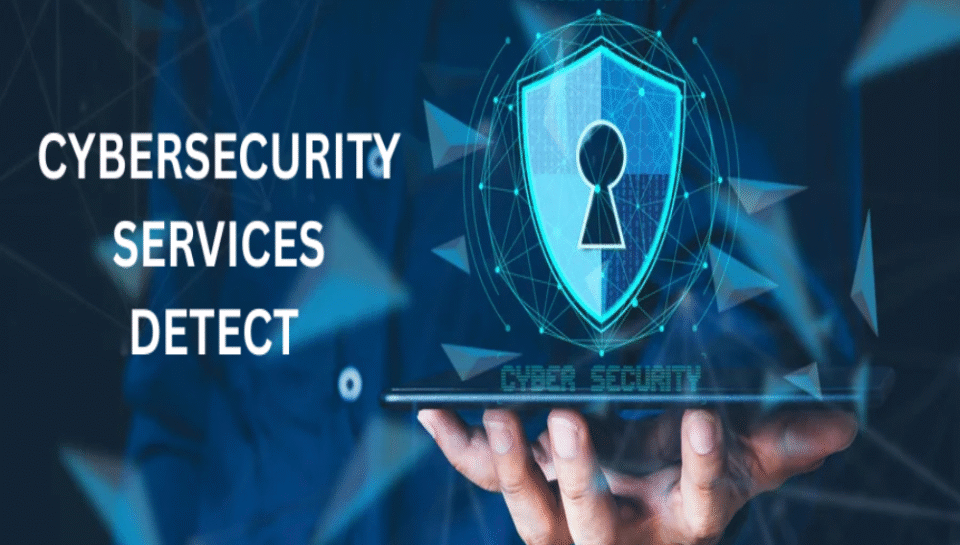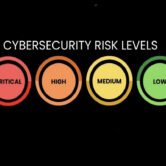
How do cybersecurity services detect and respond to threats?
Continuous Monitoring and Alerting
- Use Security Information and Event Management (SIEM) tools to collect and analyze logs in real time.
- Monitor login activity, file access, and system behavior for anomalies.
- Set thresholds for unusual events such as repeated failed logins or data exfiltration attempts.
- Generate alerts to security teams when suspicious activity is detected.
- Visualize risks through dashboards and correlation engines.
Threat Intelligence Integration
- Incorporate global threat feeds that provide information on known malware, IPs, and attack patterns.
- Compare network activity against threat intelligence to identify risks.
- Update firewalls, antivirus, and EDR tools with the latest threat signatures.
- Predict and defend against emerging vulnerabilities through behavior analysis.
- Use sandbox environments to analyze unknown files or traffic safely.
Automated Response Capabilities
- Use playbooks to automate common incident responses (e.g., isolate a device, block an IP).
- Trigger scripts that shut down compromised sessions or revoke access tokens.
- Automatically notify affected users or escalate to human analysts.
- Integrate with incident management platforms like PagerDuty or Jira.
- Reduce response time and limit the spread of threats.
Forensic Investigation and Root Cause Analysis
- Capture and preserve logs, files, and communication trails for post-incident review.
- Reconstruct attacker pathways and impacted systems.
- Identify misconfigurations, vulnerabilities, or process failures.
- Implement corrective actions and update response policies accordingly.
- Share findings with leadership and regulatory bodies as required.
Ongoing Threat Hunting
- Proactively search for hidden threats or dormant malware within systems.
- Analyze historical data to uncover missed indicators of compromise.
- Conduct internal audits and penetration testing to find weaknesses.
- Validate the effectiveness of existing security tools and controls.
- Build resilience by evolving defenses based on attack simulations.





